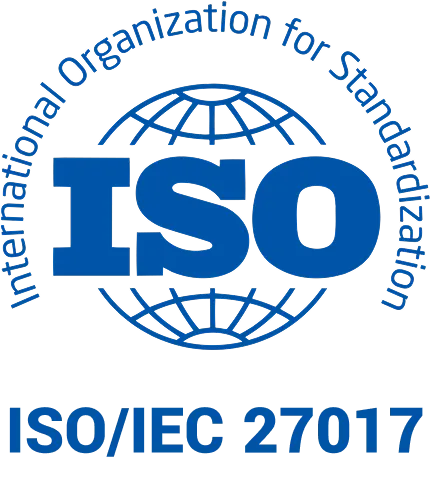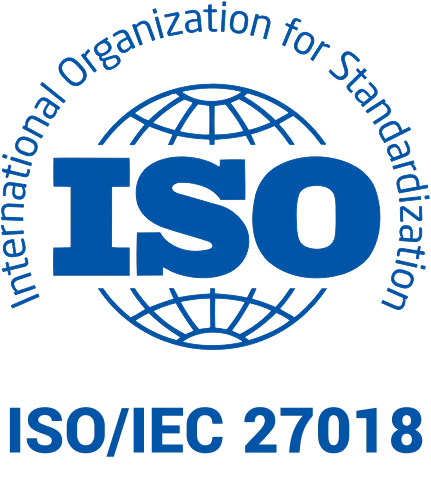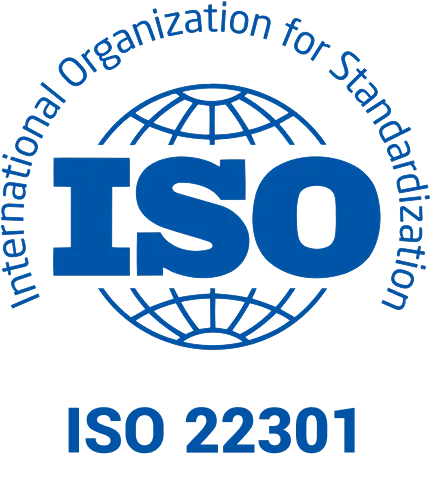
Age is just a number: Valuable generational diversity in the team
In the face of a rapidly changing business world, valuable generational diversity in teams is becoming not just a trend but a necessity. Combining the energy of younger employees with the experience of their older colleagues creates a foundation for innovation and stable business growth. For years, job advertisements have praised the so-called "young and dynamic team." Employers still regularly consider generational differences when developing and implementing employee programs. However, analyses suggest that such an approach may not be sufficient in a long-term business strategy. By segmenting employees, organizations should look beyond the classic generational divide and closely examine individual behaviors, values, and attitudes of the specialists and experts within their teams. This approach can better meet employees' needs and expectations, and achieve greater benefits for the company.

Perennials – who are they?
The term "perennials" was coined by Gina Pell, an American blogger. She used it to describe people of all ages who break stereotypes and defy any attempts at generational classification, maintaining a youthful spirit, dynamism, and passion while facing growing competitive advantages. As she puts it: "Long-serving employees are a continually growing group of individuals representing all categories of workers (in terms of age and other characteristics) who break stereotypes and establish relationships both among themselves and with the world around them. They are 'people of different ages who keep up with rising competition, whose role is always significant, and who are not defined by the generation they belong to.'"
Valuable experience of the silver generation
Experienced employees bring not only knowledge gained over the years but also the ability to handle complex business situations. Their approach to work, based on past experiences, serves as an invaluable source of inspiration for younger generations.
For this reason, employers should move away from segmenting employees by age, as their needs and competencies often do not differ from those of other generations. Instead of focusing on age, it is worth shifting to segmentation based on personality traits (extrovert, introvert) or whether an employee is an individualist or a team player. Currently, however, organizations still primarily categorize employees based on tenure, demographics, and position, with only limited focus on individual traits, potential, and attitudes.
Flexibility and creativity of multigenerational teams
Age diversity in a team fosters the exchange of ideas and perspectives, which is crucial for problem-solving and designing innovative products and services. The mix of experiences and fresh viewpoints opens new possibilities for the business. Valuable generational diversity in the team involves creating an environment that focuses more on character and personality traits and experience rather than demographic factors.
Building a strong organizational culture
Intergenerational collaboration strengthens understanding and solidarity within the team, contributing to a positive work atmosphere. Such an environment fosters employee engagement and loyalty to the company.
Thus, when creating teams, it is worth adopting a refreshed approach to segmentation. This system would shift the focus to personalizing the employee experience, leveraging natural traits, and contributing to the creation of a work environment that enhances both employee satisfaction and morale, and positively impacts the company's performance.
Example of employee segmentation system
An example segmentation system might look like this:
- Demographics: age, gender, income, education, and life experiences;
- Employment: tenure, company size, industry, position, office/physical work;
- Life attitude: optimistic outlook on the future, focus on the future vs. focus on the present, attitude towards change, sources of pleasure/stress;
- Attitude towards work: work-life balance, approach to retirement, and motivation for continued work;
- Expectations from the employer: e.g., career development support, salary, non-financial benefits, work culture, and scope of duties.
Role of companies in promoting diversity and inclusion
Hiring employees of various ages not only strengthens the company's position as a socially responsible employer but also attracts talent seeking a place where equality and diversity are valued.
Valuable generational diversity in the team involves integrating employees from different generations into work teams. It is no longer just a trend but a strategy that enables companies to respond more effectively to rapidly changing market conditions. Respect for experience and openness to new ideas are key to success in today's complex business world.
Sources:



































